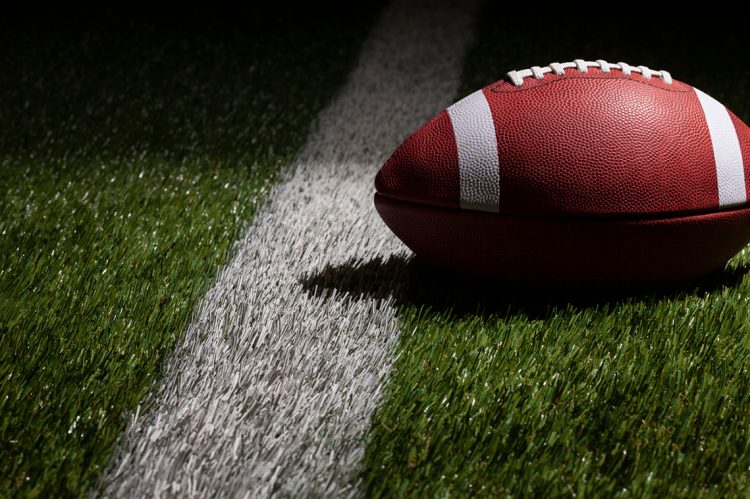On January 2, as football fans watched the Buffalo Bills play the Cincinnati Bengals, 24-year-old Bills safety Damar Hamlin tackled Bengals wide receiver Tee Higgins during the final moments of the first quarter. An ESPN correspondent broadcasting the game described what happened next: “ made a hit, he got up, took a couple of steps and then just fell to the ground.”
The response was immediate. First, the players knelt over Hamlin, aware he was in serious distress even before ESPN could identify the player who had collapsed on the field. The first wave of first responders came from the Bills sideline. According to the NFL’s Chief Medical Officer Dr. Allen Sills, when a player is injured, doctors and trainers from that player’s team will be the first to get to the athlete.
“If they get out on the field and they sense that this is a significant emergency, then they will give a hand signal in addition to the radio signal,” Sill explained. “It’s basically an all-call, meaning everyone come.”
During that Monday night game, everyone came, including the code leader, who is responsible for taking charge in an emergency. Sills continued to explain the medical response protocol: “If there is a cardiac arrest, who’s going to lead?” he said. “Who’s going to be the captain of the ship in that moment to make determinations, decisions about various aspects of the resuscitation?”
In the NFL, those leadership questions are critical; the answers could be the difference between life and death. It’s why the choreography of emergency response is planned before every NFL game, from preseason games to the Super Bowl.
Before kickoff, a 60-minute meeting of medical personnel takes place where the emergency action plan is reviewed, discussed and committed to, and most importantly a code leader (the person in charge should a medical emergency occur) is acknowledged by the medical team – you could almost call it an NFL-style emergency response WIG meeting. This code leader acknowledgement is fairly new to NFL protocol but vital to the success of any emergency medical operation; with a code leader established prior to every game, there is absolutely no question who will lead in a crisis.
That pivotal change potentially saved Hamlin’s life and gave him a fighting chance to live.
And fight he did, and continues to do, with the support of the entire NFL–and the world–on his side. Another leadership lesson from this story is how quickly everyone came together, no matter what team they played for, what team they rooted for, or even whether they watched football at all. Everyone sent their good vibes for Hamlin to make a speedy recovery.
Following Hamlin’s cardiac arrest, the safety received an outpouring of support. People who didn’t normally post about football were wishing him well on social media and routinely checking for updates on his condition. All 32 NFL teams changed their Twitter profile photos to say “Pray for Hamlin” with his number 3 Bills jersey. Hamlin’s Chasing M’s Foundation Community To Drive, which had a goal of $2,500 in donations, raised $8.7 million from more than 245,900 donations (and counting) that came from around the world.
During Week 18 games, all 32 NFL teams had a pregame moment of support for Hamlin. They also had an outline of “3” (Damar’s number) in each 30-yard line number on the field in either Buffalo Bills Red or Buffalo Bills Blue. Pregame warmup shirts had “Love for Damar 3” written on them, and the Buffalo Bills wore “3” jersey patches.
Then, after about nine days spent in two hospitals, Hamlin was discharged from Buffalo General Medical Center/Gates Vascular Institute. According to ESPN, doctors said they were “ecstatic” about his quick recovery, and Hamlin himself recently tweeted he was “grateful for the awesome care” he received. It’s amazing–and characteristic of a solid leader–to see Hamlin leaning into gratitude during such a challenging time.
So, what’s the message? Dorrian Glenn, Hamlin’s uncle, delivered a powerful statement about the recovery. “A lot of people don’t see how much they’re loved when they’re alive,” he said. “To see that he has a chance to eventually recover and see all the love he’s gotten…it’s gonna mean a lot to him.”
We’re experiencing that now, as Damar recovers and gives us an incredible leadership lesson about gratitude and coming together as human beings for a cause bigger than ourselves. No matter what business we’re in or what team we root for, we are always stronger together.
This article is adapted from Blefari’s weekly, company-wide “Thoughts on Leadership” column from HomeServices of America.












